What's the Most Effective Way to Implement an API Strategy for Future Integrations?
Design smarter APIs with our guide to developer-friendly, scalable, and secure integrations.

APIs are the unsung heroes of modern software ecosystems. They quietly orchestrate the flow of data between systems, enabling apps to talk to each other and users to enjoy seamless experiences. Yet, for all their importance, crafting an effective API strategy remains a daunting challenge for many businesses. Why? Because a good API isn’t just about getting systems to connect. It’s about building a bridge to the future—one that scales with your needs, adapts to new demands, and avoids becoming a bottleneck.
As someone who’s been running an outsourced software development company, 1985, I’ve seen firsthand how API decisions can make or break integrations. And while the temptation to “just get it working” is real, especially under time pressure, the cost of neglecting strategic foresight is steep. Let’s talk about how you can build an API strategy that doesn’t just work for today but thrives tomorrow.
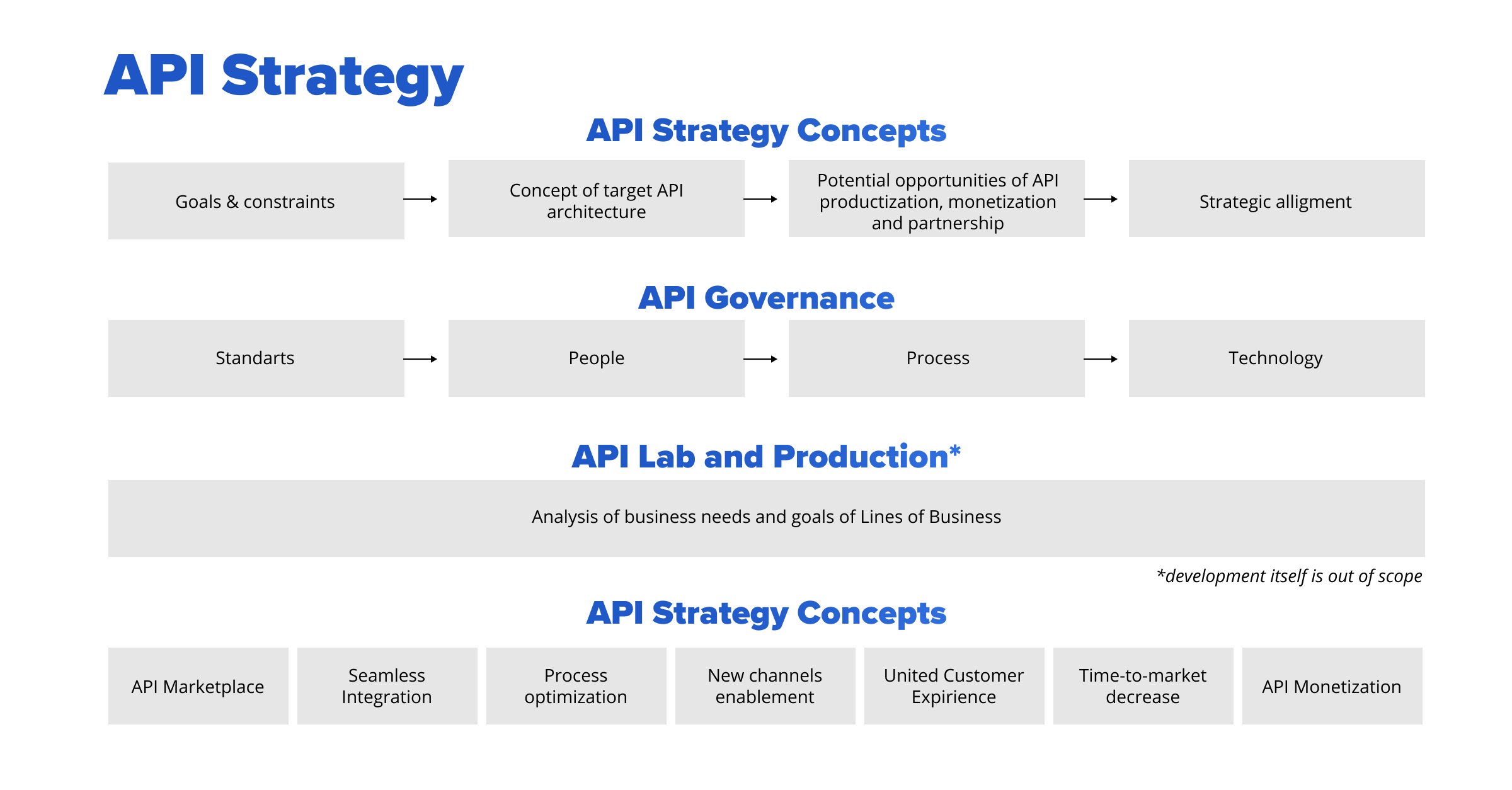
Start with the End in Mind
When crafting an API strategy, the biggest mistake is to focus solely on immediate requirements. Sure, your MVP needs to ship, but how will that API hold up when you add 10,000 new users or integrate with a third-party platform next year?
Questions to Consider
- What’s the long-term vision for your API? Will it serve internal teams only, or is there potential for external developer adoption?
- Which business processes will rely on this API in five years?
- How will security, scalability, and documentation hold up under future demands?
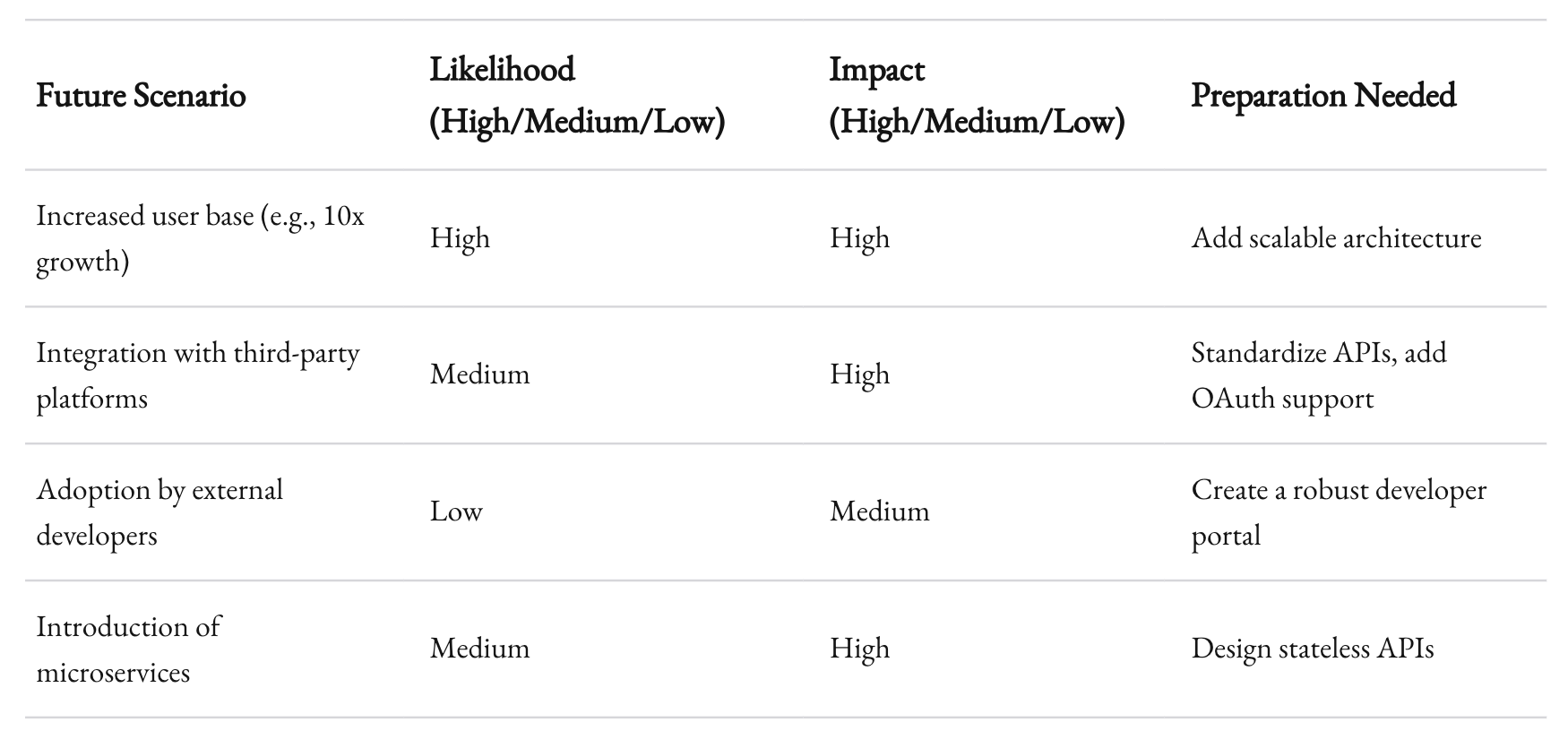
Think of APIs as digital highways. Would you build a one-lane road if you’re expecting heavy traffic? Probably not. Start by defining your objectives. Are you aiming for agility? Broad compatibility? Or simply fulfilling a partner’s integration request? Your strategy should flow from these answers.
Case in Point: Stripe’s API Philosophy
Stripe didn’t just build APIs for payment processing. They designed tools that developers love. Their API documentation is renowned for being crystal clear, and their versioning strategy ensures changes don’t break existing integrations. The result? A product that’s not just functional but delightful, making Stripe the go-to choice for developers worldwide.
Actionable Tip:
Create a “future map” for your API. List down all possible use cases, stakeholders, and scenarios that might arise. Rank them by likelihood and impact. This exercise will help clarify where to invest your time and energy.

Design for Developers, Not Just Systems
APIs are, at their core, a tool for developers. Yet, many businesses treat them as mere conduits between systems. This oversight often results in APIs that are confusing, inconsistent, or hard to work with. If you want developers to love your API, you need to make it intuitive and enjoyable to use.
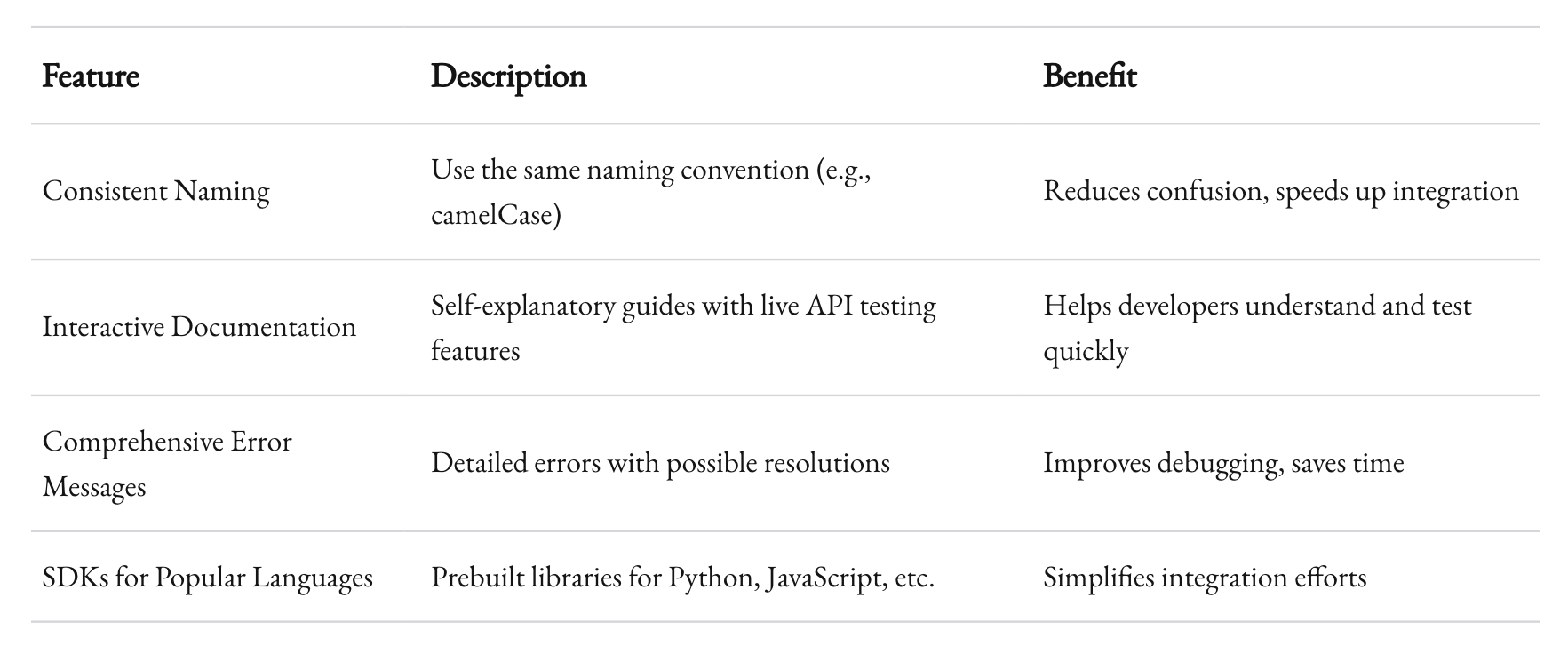
What Developers Care About
- Consistency: Avoid surprises. If your API accepts
camelCasefor one endpoint, don’t switch tosnake_casefor another. - Documentation: Clear, comprehensive, and easy to search. Nobody has time for guesswork.
- Error Messages: Don’t just say “Error 400.” Tell them what went wrong and how to fix it.
Example: Twilio’s API Experience
Twilio’s APIs for messaging and communications are a masterclass in developer-first design. They offer interactive documentation, code snippets for multiple languages, and detailed error explanations. This isn’t just about helping developers; it’s about empowering them to build faster and better.
Actionable Tip:
Run a developer usability test before releasing your API. Have a team of engineers unfamiliar with your product try to integrate it. Pay attention to where they stumble and iterate accordingly.

Prioritize Security Without Compromising Usability
APIs are an attack surface. Every endpoint is a potential vulnerability, and attackers know this. At the same time, overcomplicating security measures can frustrate legitimate users. Striking the right balance is crucial.
Key Security Measures:
- Authentication and Authorization: Use OAuth 2.0 or API keys with scopes.
- Rate Limiting: Prevent abuse by capping requests per user.
- Data Encryption: Enforce HTTPS and encrypt sensitive payloads.
- Versioning: Deprecate old versions responsibly to avoid exposing insecure endpoints.
The Balancing Act:
Take Google Maps API as an example. It requires API keys but also provides robust quota management and clear documentation for setting up permissions. Users feel secure without jumping through unnecessary hoops.
Actionable Tip:
Conduct regular penetration testing on your APIs. Tools like OWASP ZAP or Burp Suite can help identify vulnerabilities before attackers do.

Plan for Scalability from Day One
APIs that work beautifully in a sandbox can crumble under real-world loads. If you’re not planning for scalability, you’re planning for failure.

How to Scale Effectively:
- Stateless Design: APIs should not rely on server-side sessions. This makes it easier to scale horizontally.
- Caching: Use tools like Redis or Memcached to reduce unnecessary database calls.
- Rate Limiting and Throttling: Protect your infrastructure without impacting user experience.
- Asynchronous Processing: Offload time-consuming tasks to queues.
Real-World Example:
Netflix’s API architecture is a marvel of scalability. By using GraphQL to tailor responses and employing microservices to distribute load, they ensure a seamless experience for millions of users worldwide.
Actionable Tip:
Start with load testing. Tools like Apache JMeter or k6 can simulate traffic and identify bottlenecks early.

Versioning: Don’t Let the Past Haunt You
APIs evolve. New features get added, old ones get deprecated. But if you don’t manage versions carefully, you risk breaking integrations and alienating users.
Best Practices for Versioning:
- Semantic Versioning: Use clear version numbers (e.g., v1, v2) and communicate changes transparently.
- Deprecation Policies: Provide ample notice before retiring old versions.
- Backward Compatibility: Aim to minimize breaking changes.
Example to Learn From:
GitHub’s REST API employs versioning through headers, allowing for smoother transitions. They announce changes well in advance and offer detailed migration guides.
Actionable Tip:
Maintain a versioning log. Document every change, big or small, and share it with users in an accessible format.
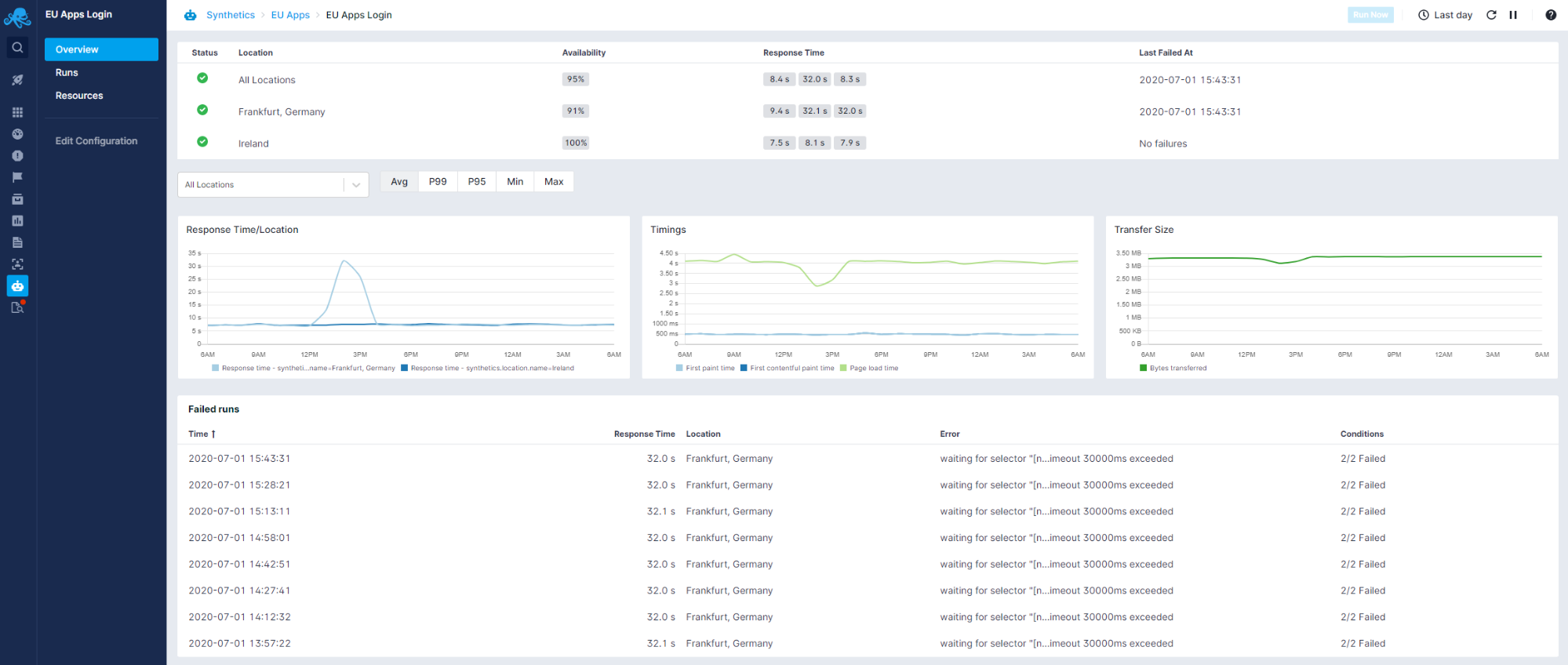
Monitor and Iterate
Launching an API isn’t the end. It’s the beginning of a lifecycle. To keep your API relevant and reliable, you need continuous monitoring and iteration.
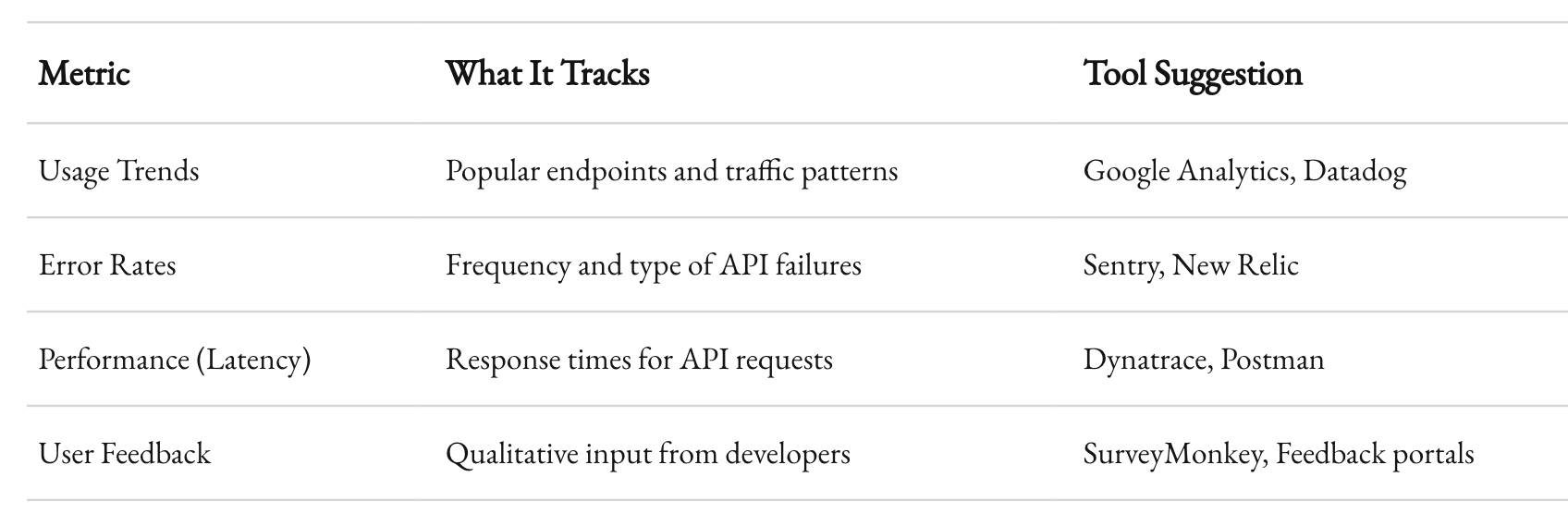
Metrics to Track:
- Usage Trends: Which endpoints are most popular?
- Error Rates: Are certain endpoints failing more often?
- Performance Metrics: How long do requests take to process?
Tools to Help:
- APM Solutions: Tools like New Relic or Datadog can provide deep insights.
- User Feedback: Actively solicit feedback from developers.
Actionable Tip:
Set up an “API Health Dashboard” for internal teams. This keeps everyone informed and ensures faster issue resolution.
Recap: Build with Vision
An API isn’t just a technical construct. It’s a promise to your users, partners, and future self. By planning ahead, prioritizing developer experience, and staying vigilant about security and performance, you’re not just building an API—you’re building a foundation for growth.
Remember: A great API doesn’t just solve today’s problems. It anticipates tomorrow’s needs. And when done right, it becomes an asset that scales with your business, fosters innovation, and delights everyone who interacts with it.
So, what’s your next move? Will you settle for functional, or will you aim for extraordinary?



